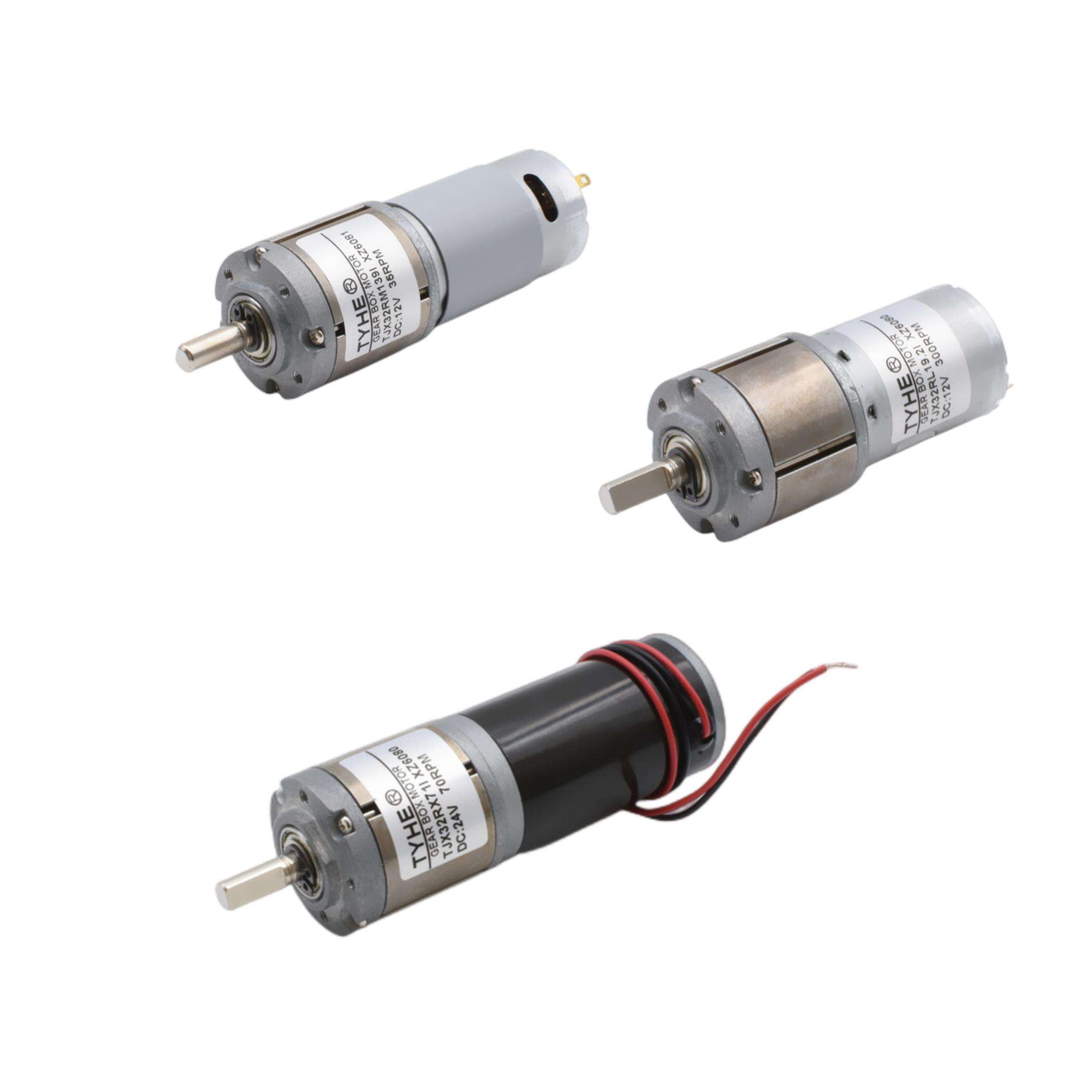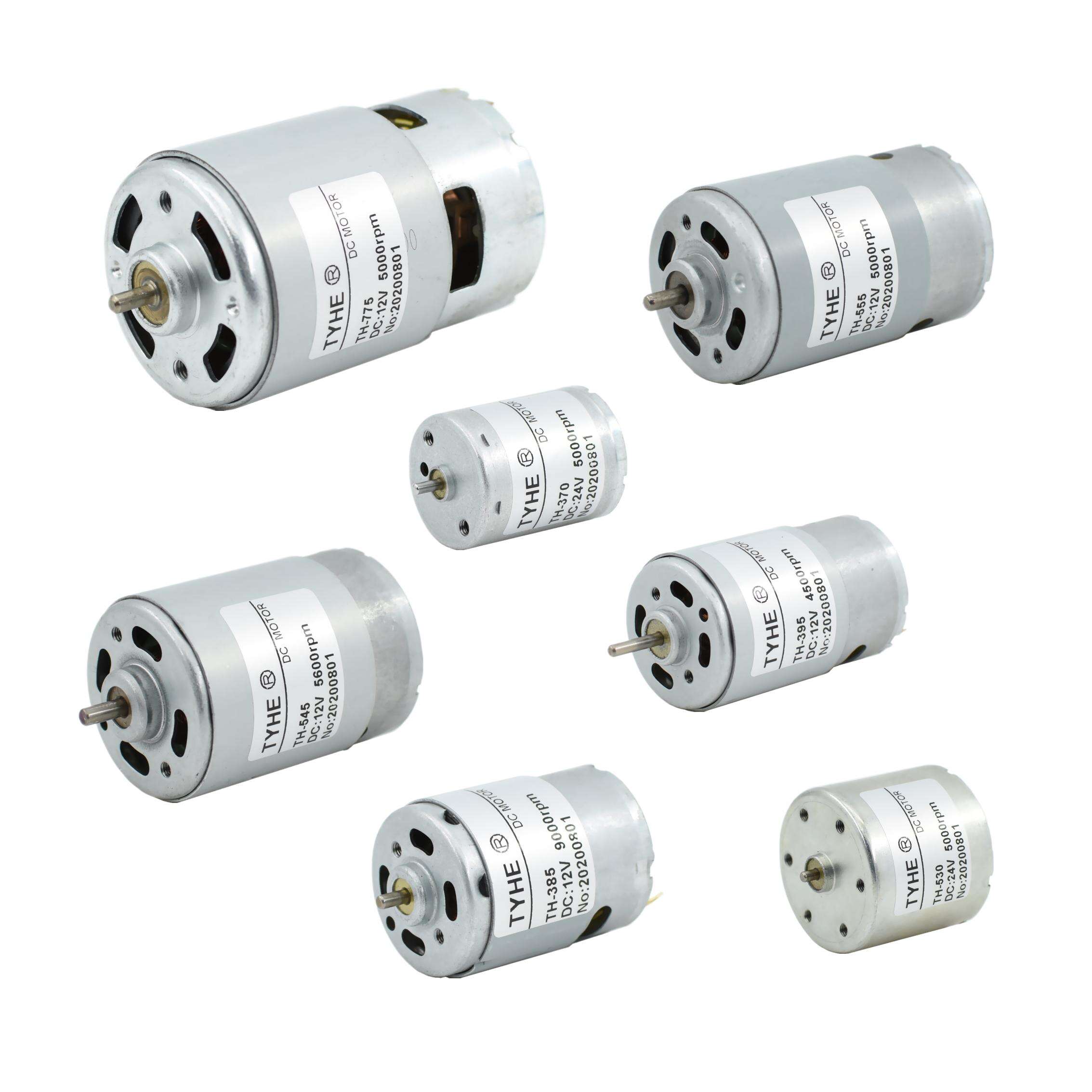What Are the Advantages and Disadvantages of DC Motors?
A DC Motor is one of the most established and versatile types of electric motors, used across a wide range of industries for over a century. From powering industrial machinery and electric vehicles to driving home appliances and robotics, this type of motor has proven its value in applications requiring speed control, high torque, and efficient operation.
However, like any technology, the DC Motor comes with both benefits and drawbacks. Understanding these can help engineers, manufacturers, and end users make informed decisions about whether a DC Motor is the right choice for a given application.
This article examines the core advantages and disadvantages of DC Motors, exploring their performance characteristics, maintenance needs, costs, and suitability for various operational conditions.
Overview of DC Motors
A DC Motor converts direct current electrical energy into mechanical rotational energy through electromagnetic interactions. The core components typically include an armature (rotor), a commutator, brushes (in brushed designs), field windings or permanent magnets, and bearings.
There are several common types of DC Motors:
Brushed DC Motors – Use mechanical commutation via brushes and a commutator.
Brushless DC Motors (BLDC) – Use electronic commutation for longer life and higher efficiency.
Series, Shunt, and Compound Wound Motors – Differ in field winding configurations to provide different torque-speed characteristics.
Each type offers a slightly different balance of advantages and disadvantages, but there are general characteristics that apply across the category.
Advantages of DC Motors
1. Excellent Speed Control
One of the greatest strengths of a DC Motor is its ability to offer precise and smooth speed control over a wide range. By adjusting the supply voltage or the current in the field windings, operators can vary motor speed with high accuracy. This makes DC Motors ideal for applications like conveyor systems, electric vehicles, elevators, and robotics, where speed adjustments are frequent and crucial.
2. High Starting Torque
DC Motors can deliver significant torque immediately upon startup, which is a critical advantage for applications that need to overcome high initial load resistance. Examples include cranes, hoists, and heavy industrial machines. This high starting torque capability means they can accelerate loads quickly without complex control systems.
3. Simple Control Methods
Controlling a DC Motor is relatively straightforward compared to some AC motors. Basic speed control can be achieved by varying supply voltage or field current, and more advanced control is possible with pulse width modulation (PWM) techniques.
4. Smooth Operation
Because of their design, DC Motors can provide smooth and consistent rotation, even at low speeds. This characteristic is especially valuable in precision equipment such as printing presses, textile machines, and positioning systems.

5. Quick Response to Load Changes
DC Motors can respond quickly to changes in load, adjusting torque output without significant delay. This makes them well-suited for applications where operating conditions can change rapidly.
6. Wide Range of Sizes and Ratings
From miniature motors for medical devices to large industrial motors powering heavy equipment, DC Motors are available in a vast array of sizes, power ratings, and configurations, making them adaptable to nearly any application.
7. Battery Compatibility
DC Motors run naturally on direct current, making them ideal for battery-powered devices, electric vehicles, and portable tools without the need for conversion electronics.
Disadvantages of DC Motors
1. Maintenance Requirements (Brushed Types)
Brushed DC Motors use brushes and a commutator, which are subject to wear and require periodic replacement. Brush dust can also contaminate surrounding components, and brush maintenance adds operational downtime. Brushless DC Motors eliminate this problem but require more complex electronics.
2. Limited Lifespan for Brushed Designs
Because of mechanical wear on brushes and commutators, brushed DC Motors generally have shorter lifespans compared to AC motors or brushless designs. Heavy-duty industrial applications may require frequent servicing.
3. Higher Initial Cost for Brushless Designs
Brushless DC Motors offer better efficiency, reliability, and lifespan, but their initial purchase price is typically higher due to the cost of electronic controllers. This can make them less attractive for budget-conscious projects.
4. Lower Efficiency in Some Configurations
Brushed DC Motors suffer from energy losses due to brush friction and electrical arcing at the commutator. These losses reduce efficiency, particularly under high-load or continuous operation.
5. Electrical Noise
The mechanical switching of current in brushed DC Motors can produce electrical noise, which may interfere with sensitive electronics nearby. Shielding and filtering may be necessary in precision environments.
6. Potential Overheating
Without adequate cooling, DC Motors can overheat under sustained heavy loads. Proper ventilation or cooling systems are essential in high-demand applications.
7. Size and Weight at Higher Power
High-power DC Motors can be relatively bulky and heavy compared to equivalent AC motors, making them less suitable for certain space-constrained or weight-sensitive applications.
Comparing Advantages and Disadvantages
When evaluating a DC Motor, the trade-offs are clear: you gain excellent speed control, high torque, and operational flexibility, but you may face higher maintenance needs or costs, especially in brushed designs. For low-maintenance needs, brushless DC Motors offer a modern alternative, although they come with higher upfront expenses.
Applications Where Advantages Outweigh Disadvantages
Robotics and Automation
Precise motion control is essential in robotics, making the DC Motor’s responsiveness and speed control invaluable. The slightly higher cost or maintenance burden is offset by the operational performance benefits.
Electric Vehicles
The high torque and controllability of DC Motors are ideal for electric vehicles, especially in acceleration phases. Brushless designs dominate here due to their efficiency and longevity.
Industrial Machinery
DC Motors are used in rolling mills, cranes, and extruders, where their torque and speed control help maintain consistent production quality.
Consumer Electronics
Small DC Motors power everything from fans and toys to kitchen appliances, where low cost and ease of control outweigh maintenance concerns.
Applications Where Disadvantages Limit Use
Continuous High-Power Industrial Loads
In large-scale continuous-duty operations, AC motors may be preferred for their durability and lower maintenance requirements.
Environments Sensitive to Electrical Noise
In settings like medical equipment or precision instrumentation, the electrical noise from brushed DC Motors can be problematic without additional mitigation measures.
Reducing the Impact of Disadvantages
Choose Brushless Designs – Eliminates mechanical wear parts, reducing maintenance and extending lifespan.
Use Proper Controllers – Efficient electronic controls minimize power waste and improve performance.
Ensure Adequate Cooling – Prevents overheating in demanding applications.
Implement Regular Maintenance Schedules – Extends service life for brushed DC Motors.
Install Noise Suppression Filters – Reduces electrical interference in sensitive environments.
The Future of DC Motors
Advancements in materials, controller technology, and manufacturing techniques are helping to reduce the disadvantages traditionally associated with DC Motors. Brushless models are becoming more affordable, while compact high-torque designs are expanding into new application areas. With the rise of battery-powered devices and electric mobility, DC Motors will continue to play a vital role in both consumer and industrial markets.
Conclusion
The DC Motor offers a compelling mix of performance characteristics: precise speed control, high starting torque, smooth operation, and adaptability across applications. However, these benefits are balanced by drawbacks like maintenance requirements, higher costs for certain designs, and potential efficiency losses.
When selecting a DC Motor, it’s important to consider how these advantages and disadvantages align with your specific application’s requirements. In many cases, the benefits far outweigh the downsides, especially when modern brushless technology is employed.
FAQ
Why is a DC Motor preferred for precise speed control?
Because its speed can be easily varied by adjusting supply voltage or field current, offering smoother and more accurate control than many other motor types.
Do all DC Motors require high maintenance?
No. Brushed DC Motors require periodic brush replacement, but brushless DC Motors have minimal maintenance needs.
Which is more efficient, a brushed or brushless DC Motor?
Brushless DC Motors are generally more efficient because they eliminate brush friction and electrical arcing losses.
Can a DC Motor run directly from a battery?
Yes, DC Motors are inherently compatible with battery power, making them ideal for portable devices and electric vehicles.
Are DC Motors suitable for continuous operation?
Yes, as long as they are rated for continuous duty and provided with adequate cooling to prevent overheating.
Table of Contents
- What Are the Advantages and Disadvantages of DC Motors?
- Overview of DC Motors
- Advantages of DC Motors
- Disadvantages of DC Motors
- Comparing Advantages and Disadvantages
- Applications Where Advantages Outweigh Disadvantages
- Applications Where Disadvantages Limit Use
- Reducing the Impact of Disadvantages
- The Future of DC Motors
- Conclusion
- FAQ


